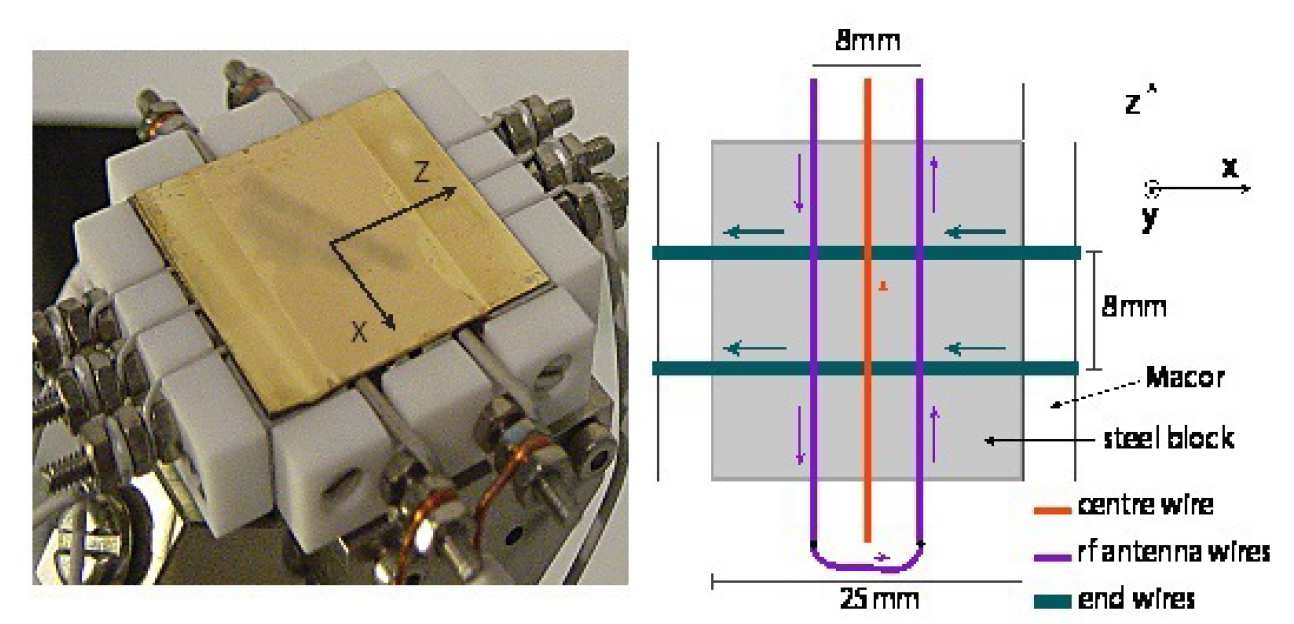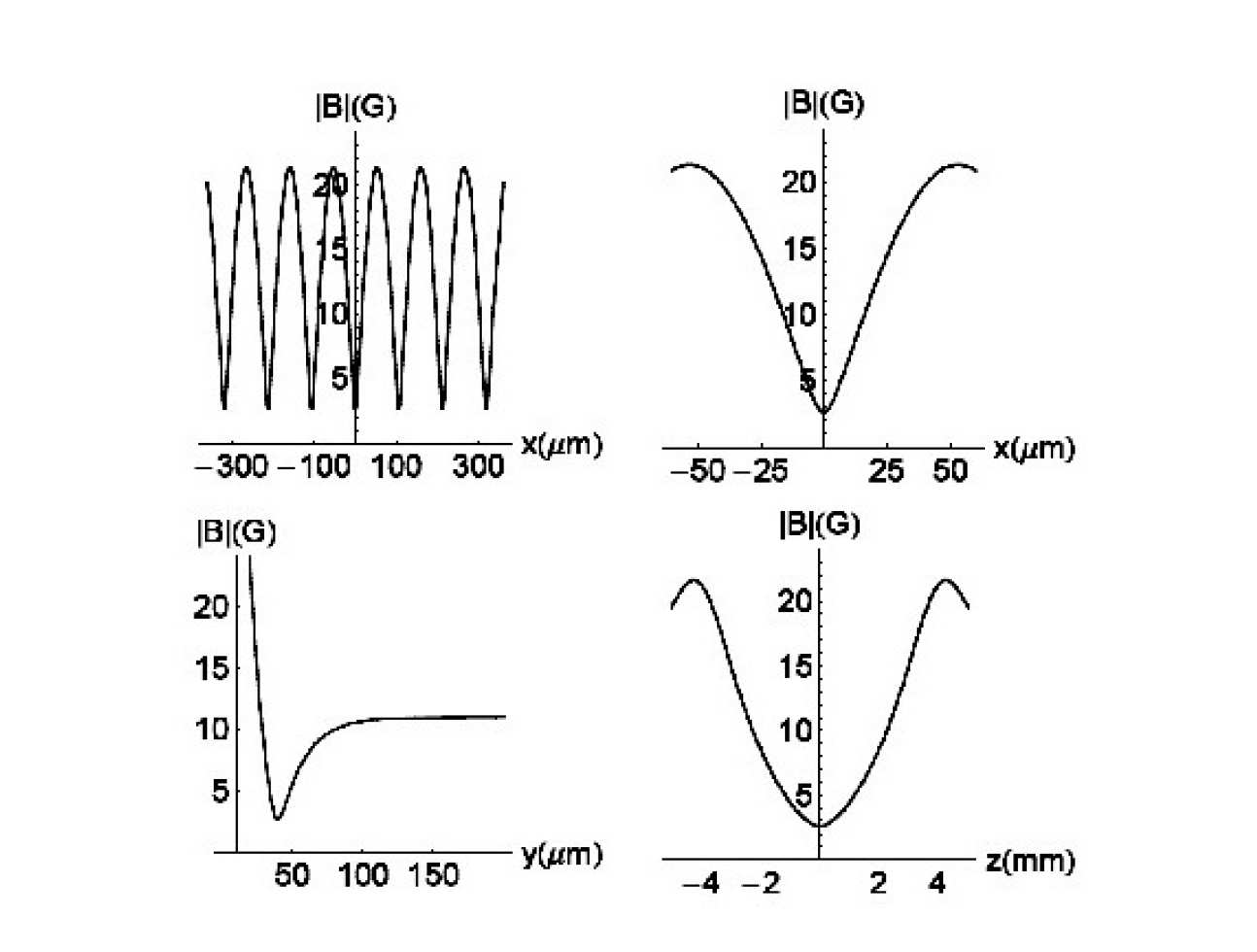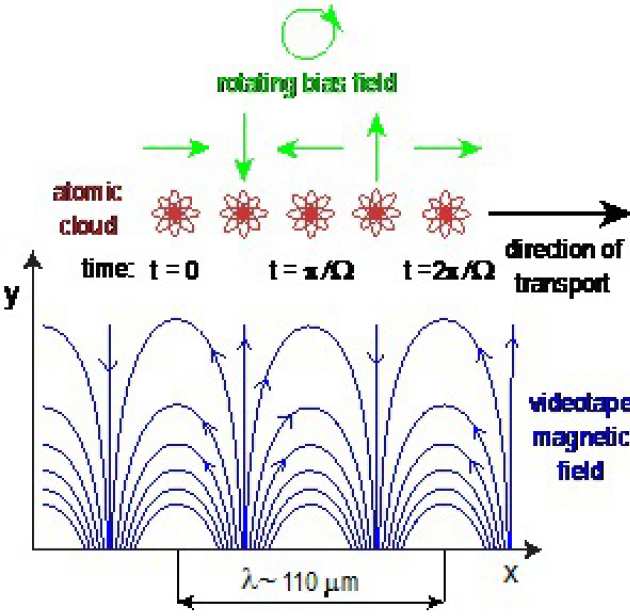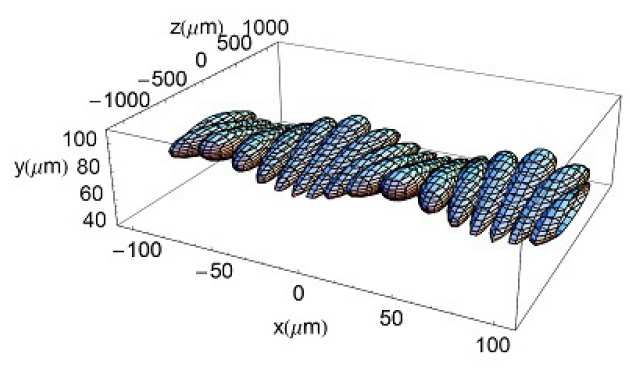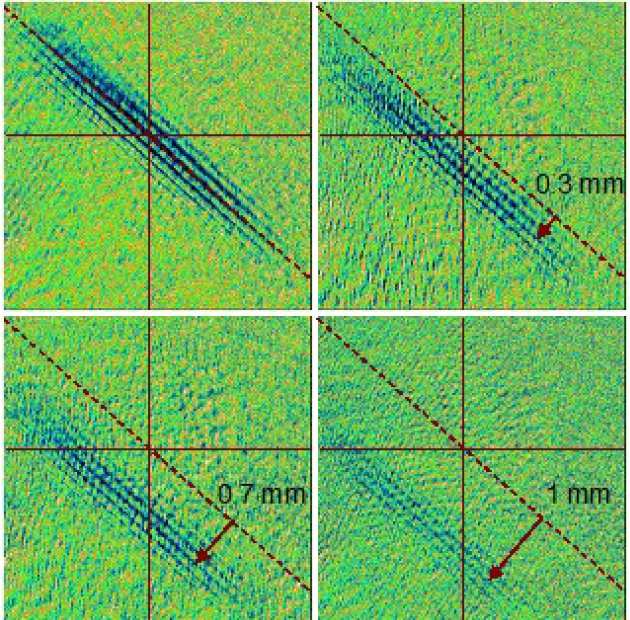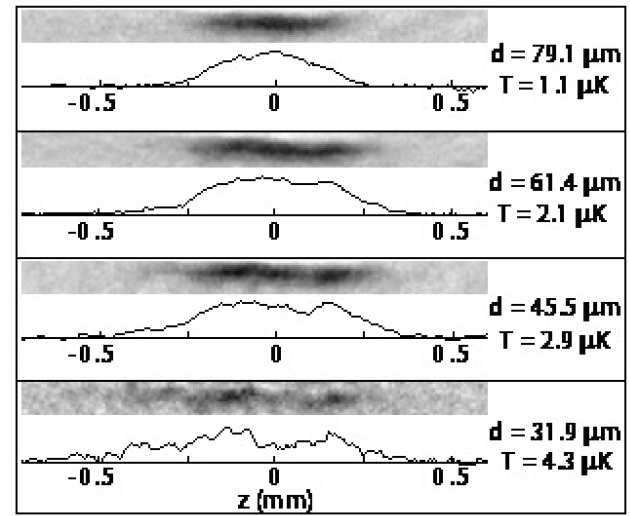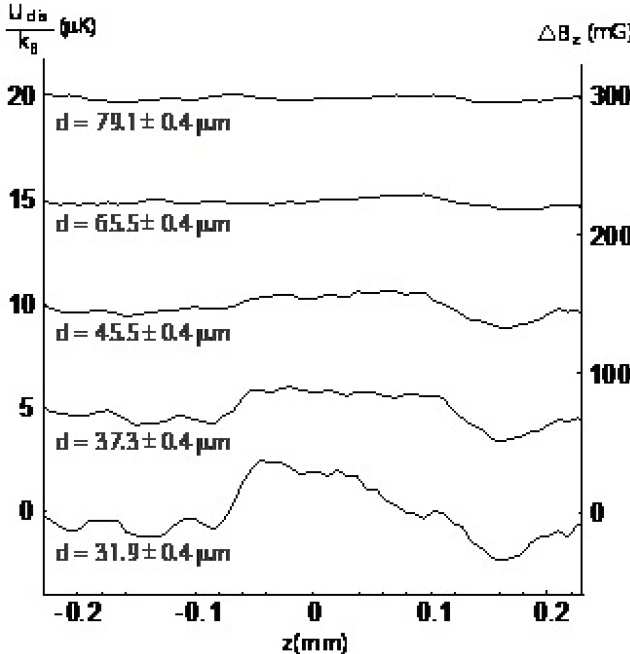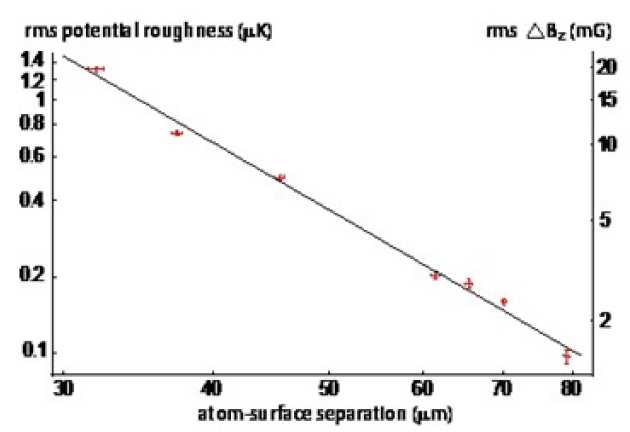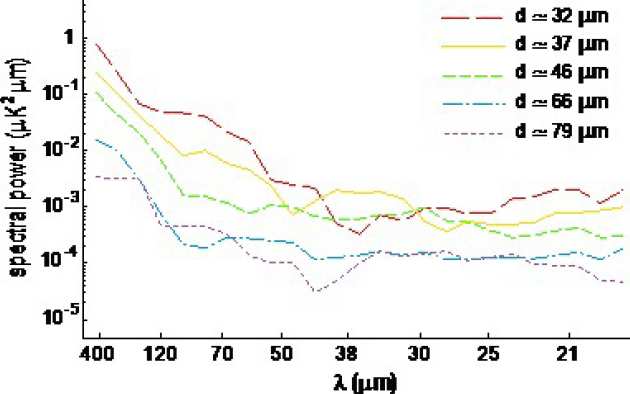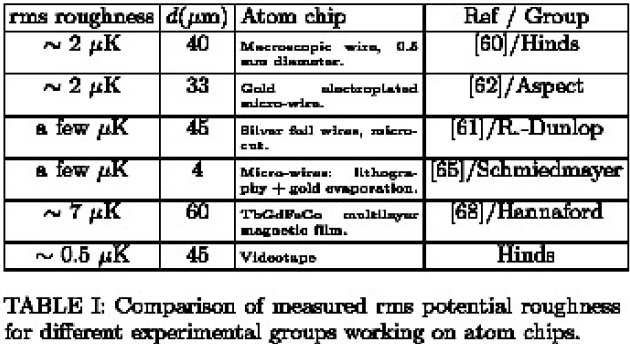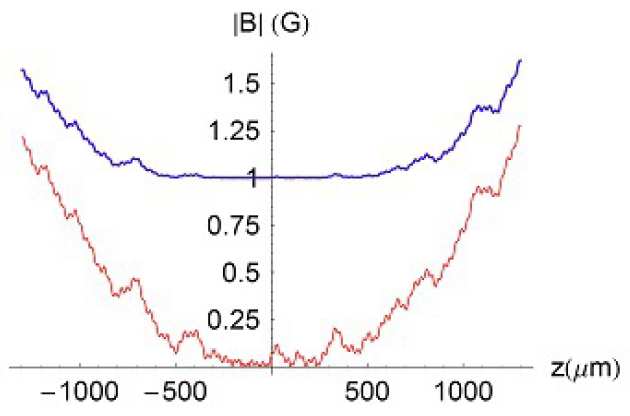A high degree of control in the manipulation of quantum states can today be achieved by means of small-scale, integrated devices known as atom chips. These offer the advantage of miniaturisation and precise and flexible control of ultra-cold atoms, for potential applications in quantum information and in the study of low-dimensional quantum gases. Both these applications require the ability to detect and manipulate low atom numbers. For this purpose, one of our aims is to integrate microscopic optical components on our atom chips.
In our permanent-magnet atom chip (Fig. 1), a pattern of magnetisation recorded in commercial videotape generates the appropriate magnetic field to allow the confinement of cold atoms at distances less than 100 micrometres from the chip surface. Our chip offers the possibility of trapping ultra-cold 87Rb atoms in arrays of 1-6 very elongated high-aspect-ratio traps (Fig.2, 3, 4) where tight transverse confinement brings the system close to the one-dimensional (1D) quantum gas regime.
